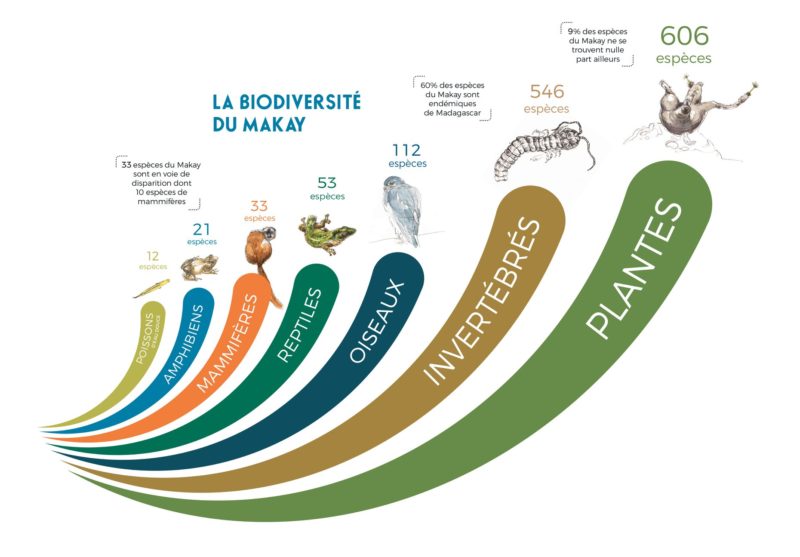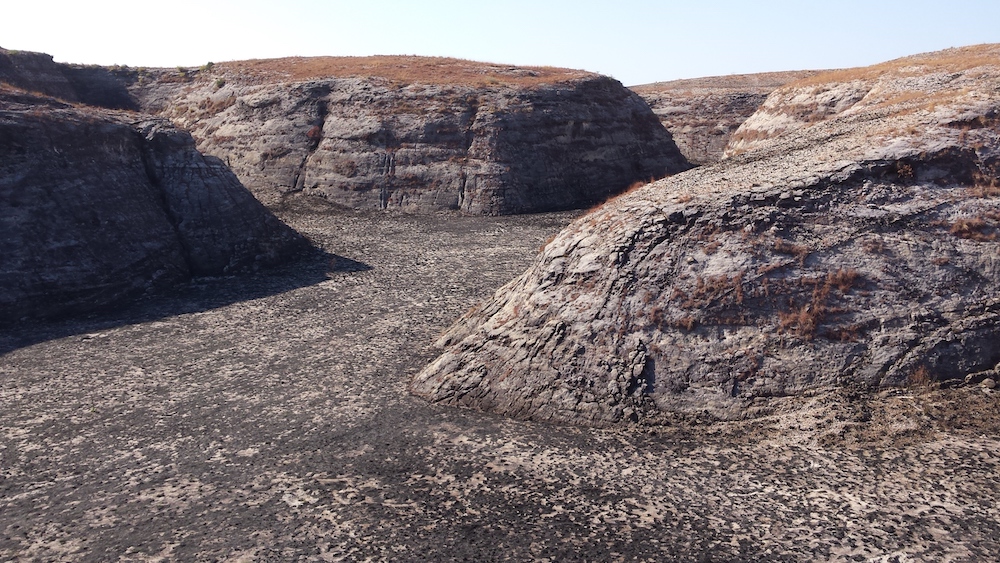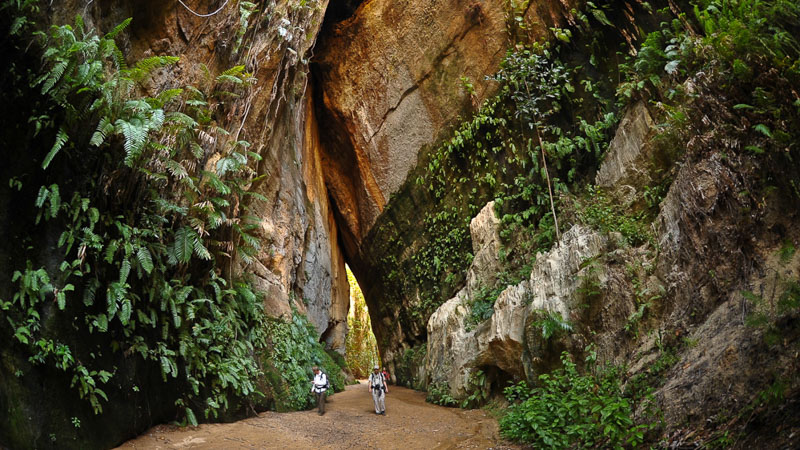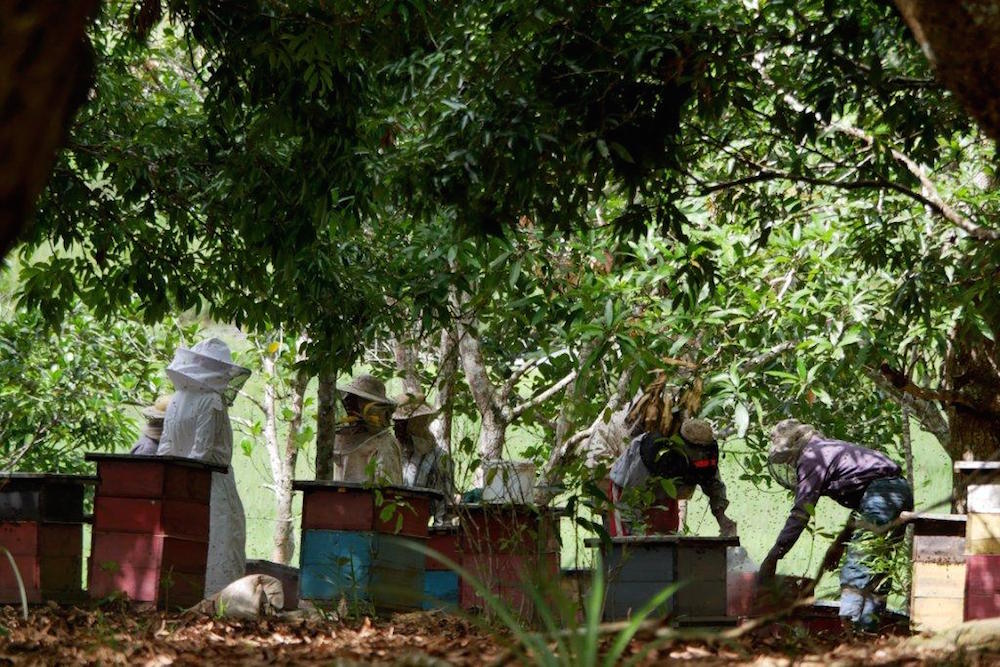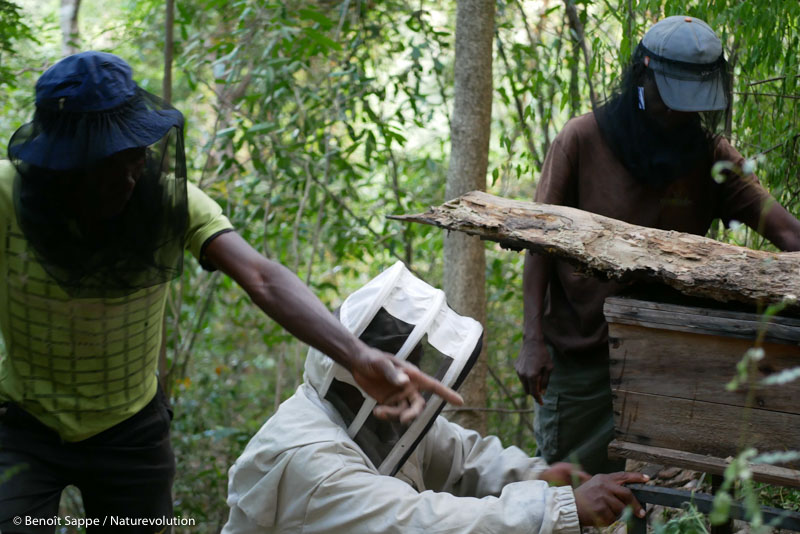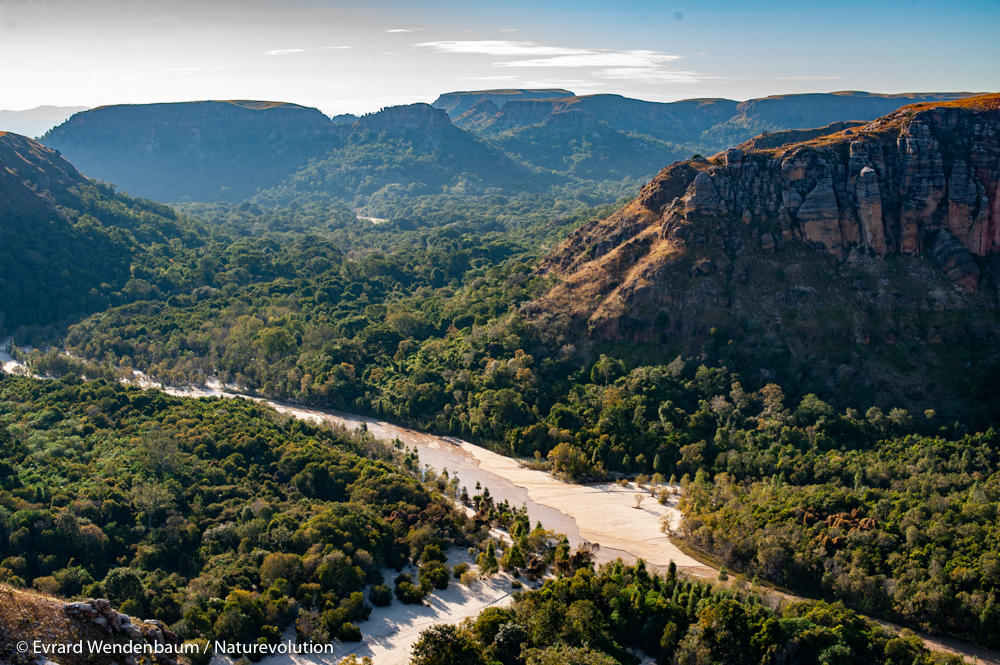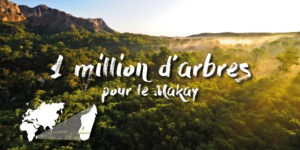After initiating in 2018 a pilot beekeeping project (“Miel du Makay”), Naturevolution is starting a reforestation project near the villages of Makay: “1 million trees for the Makay”. But we could not launch this project without explaining to you how it fits into both a specific local context and a worrying global context. Through 6 articles we take stock of the current state of deforestation, the commitments or actions initiated by the various governments, initiatives in terms of reforestation in Madagascar in particular and finally possible actions at your level to combat deforestation. Quite a programme!
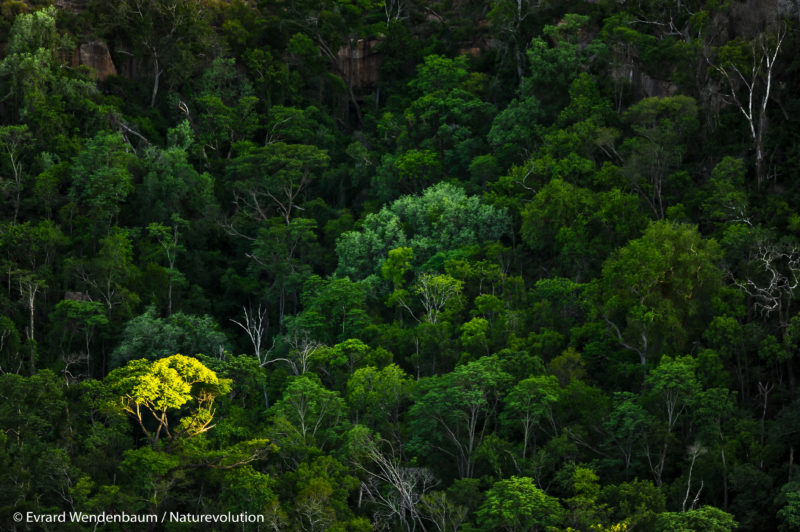
Protecting the forests?
This may seem obvious. But when it comes to choosing between traditional practices, which provide a low but daily income and whose negative impacts are not perceptible in the short term, on the one hand, and, on the other hand, a strategy to protect forests for the benefit of all in the long term, but which requires changing well-established habits (e. g. , those of regularly starting fires or conducting herds of zebus in the forested canyons of the massif), it is good to do Inventory of ecosystem services provided by forests, which are all reasons to protect them.
The benefits of forests to communities bordering the Makay River can be seen more clearly when one considers the damage caused by their disappearance: sanding of rice fields, reduced rainfall in the dry season, and lack of food resources during the ‘hunger gaps’. And, like any large forested area, the forests of the massif also provide important services at the regional and global levels.
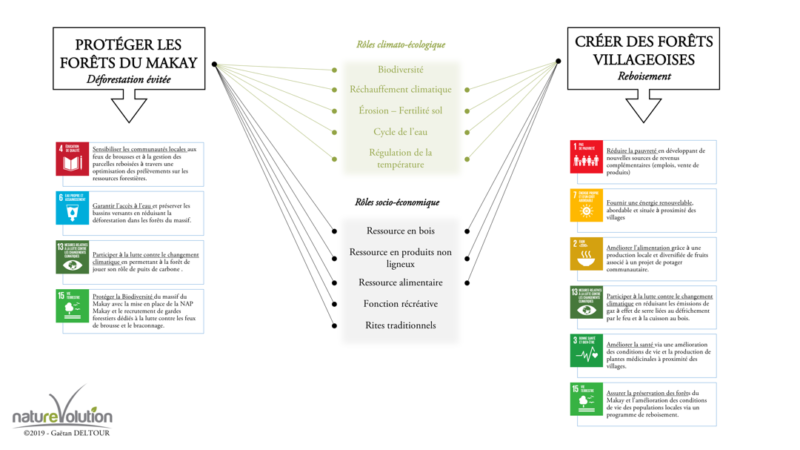
Forest products
Forests can be considered – from a utilitarian point of view – as a large reservoir of renewable resources provide energy, food, materials and medicine: some trees provide wood for construction, others for firewood and cooking, or fruit, while their canopy provides shelter for plants and shrubs providing medicinal plants, berries and other tubers. Forests are also home to native and invasive animals, which it is legal to hunt or illegal to poach…
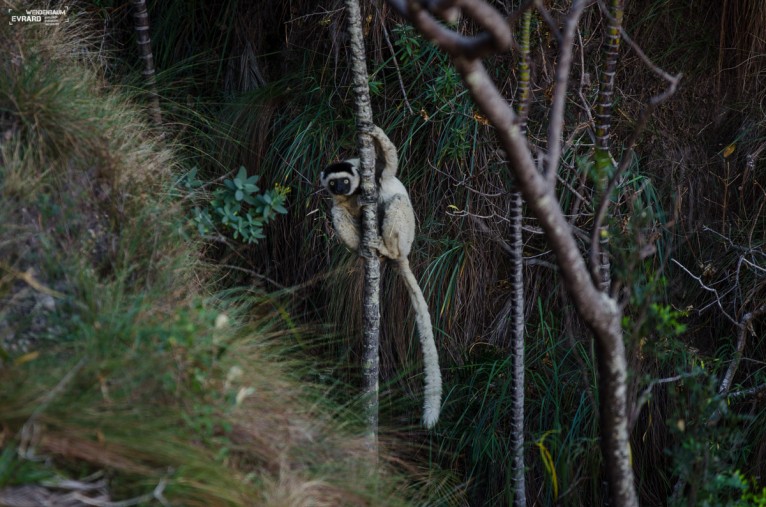
Protection against soil erosion / fertility
Deforestation weakens soils. The presence of a forest on a soil tends to make the soil not only richer in organic matter, but also more resistant to erosion thanks to the roots of the trees that hold the surface layer of the soil in place.
As a result, when a forest area is destroyed, the soil structure is weakened and there is a risk of it being swept away by bad weather. As a result, previously forested land loses its fertility and the ecosystem becomes more vulnerable to natural disasters, such as landslides or flooding. The villages around the Makay River, and thus downstream of the rivers, are directly affected by erosion: the rice fields along the rivers become sanded during the rainy season and lose their yield.
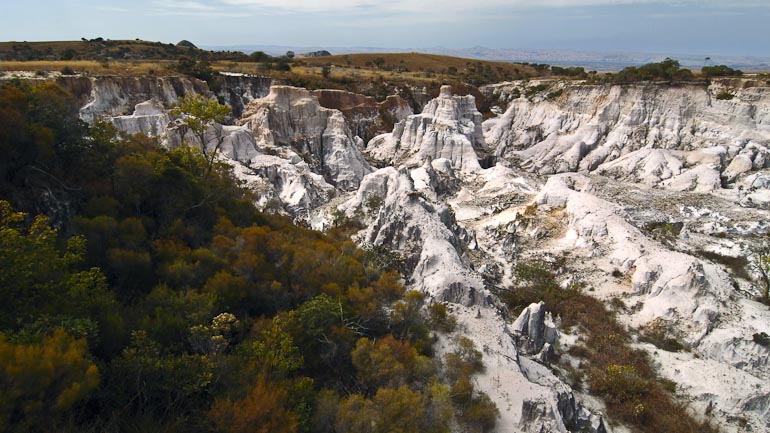
A local and regional water tower
Forests play an essential role in the water cycle. Every day, a tree releases 4000 litres of water by evapotranspiration, causing the formation of clouds. These clouds can then be blocked by a mountain range that triggers precipitation.
The Makay is a strategic site when it comes to water: at the origin of an important hydrographic network, it supplies water throughout the year to a large part of western Madagascar. It is located at the intersection of 3 major watersheds: the Maharivo and Morodave basins to the west, the Mangoky basin to the south, and the Sakeny basin, a tributary of the Tsiribihina, to the east. The Makay River in particular, located on the southeastern slope of the massif, is a tributary of the right bank of the Mangoky River, lit. “carrying black waters” (Madagascar’s second largest river) and drains part of the eponymous massif, especially the one with the largest forests.
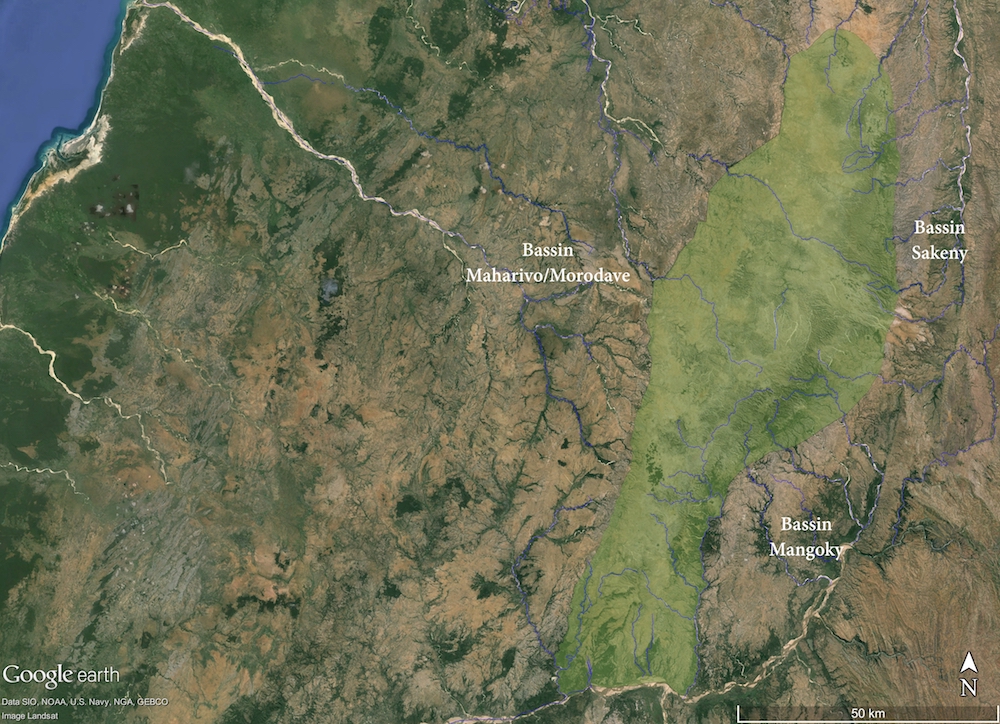
An extremely rich biological habitat
Forests are true shelters and reservoirs of biodiversity. The Makay, although located in western Madagascar rather conducive to dry forest, has tropical forests in its canyons similar to those of the eastern part of the island. As Madagascar has experienced devastating deforestation, it is imperative to protect the remaining forests and all the fauna and flora they support, some of which are unique to Madagascar and even the Makay.
It is better to protect existing forests as well, rather than hope to replant them in the future.. While reforestation offers incredible opportunities, it also has serious limitations, and actively recreating biodiversity-rich forests is no small feat!
As for natural regeneration, it is extremely slow: a new study has looked at forest regeneration on abandoned farmland. While it takes 50 years to recover the number of species present in old-growth forests (making secondary forests sanctuaries of species worthy of protection), it takes centuries before their composition resembles that of old-growth forests.. The french botanist Francis Hallé, whose books are a real pleasure to read, estimates that 700 years will be needed for a rainforest that has been completely cut down to be reborn from its ashes and regain its ‘primary’ state. The process is told in the beautiful film “Il était une forêt“.
A source of new sustainable income
A splendid massif with healthy forests generates income from sustainable economic activities such as ecotourism and beekeeping, which Naturevolution encourages and helps develop in the villages. In this sense, the beauty and richness of the Makay and its forests are key both to its protection and to the better life of the riparian communities.
An asset in the climate crisis
Trees absorb and store CO2, and old-growth forests are great carbon sinks. Not only does deforestation reduce this capacity to store CO2, but even worse, it is itself a major cause of the climate crisis, and by no means the least: according to the IPCC, deforestation accounts for 12% of CO2 emissions.
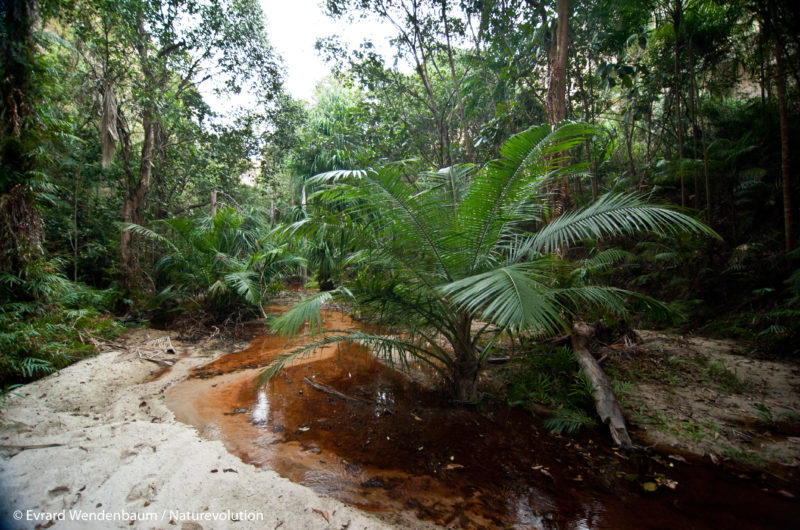
Our strategy to protect the forests of Makay
In order to reduce anthropogenic pressures, including deforestation, in the massif while improving the living conditions of local communities, Naturevolution is developing a holistic management strategy for the New Makay Protected Area. It is structured along several interconnected axes:
- The development of sustainable economic activities directly linked to healthy ecosystems (beekeeping, ecotourism),
- The social development, through education (schools), but also the improvement of living conditions (food, materials, health),
- Finally, the reduction of impacts on the massif, by raising awareness (on the role of the forest and the danger of fires) and by reducing the removal of wood (e.g. through alternative cooking methods to replace open fires) or animals from the massif.
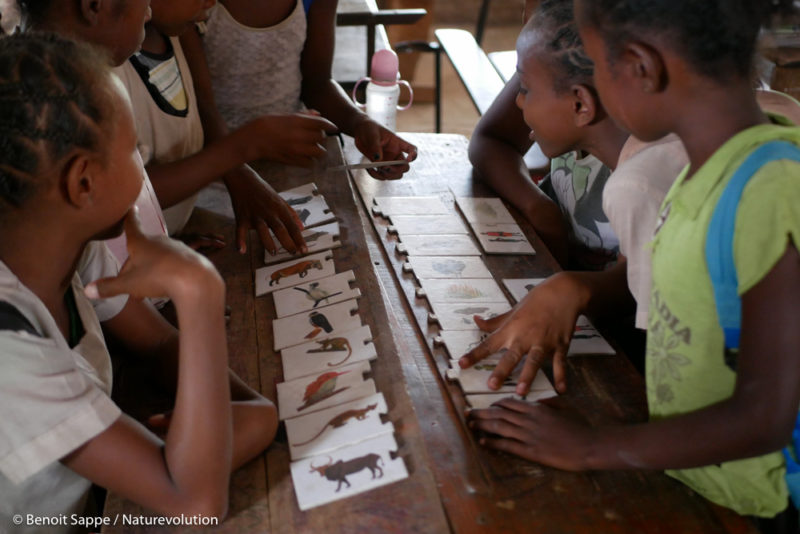
Launch of the Forêts villageoises project
It is within the framework of this strategy that Naturevolution launches theForêts villageoises. The project aims to replant forests for the direct benefit of the villagers in the degraded buffer zones between the villages and the massif.
Reforestation will target species that meet basic needs and improve living conditions. The plots developed in this way will contribute to the local food supply, provide wood for heating, construction and cooking, and will also contain honey and medicinal plants. The proximity of the reforested plots to the villages will also save villagers time and effort compared to harvesting several hours’ walk through the massif, and their use will enable communities to train in sustainable forest management.
The project started in spring 2019 in 4 pilot villages, each with a forest nursery, with a target of 18,000 plants per nursery by the end of 2019, or 72 hectares that can be reforested.
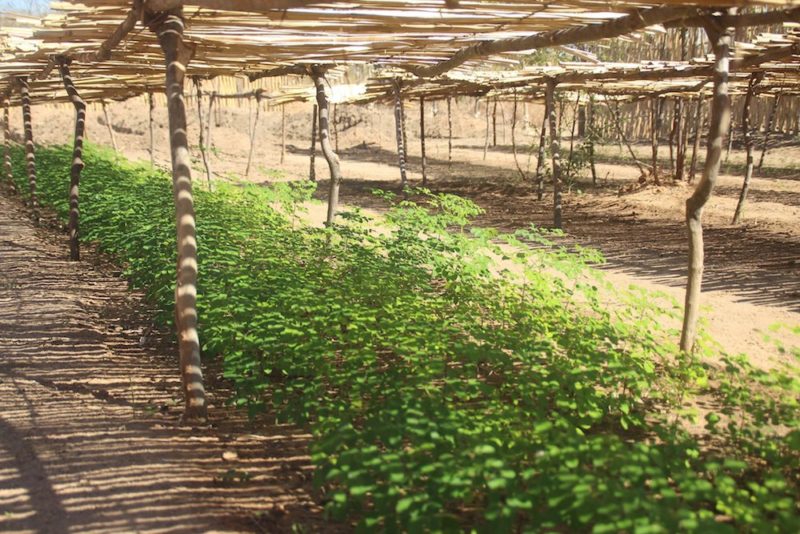
Our partners

An initial financing of €10,000 was obtained from Maltem, allowing the launch of the project 1 Million Trees for Makay. Maltem is an ecosystem of consulting companies specialising in digital transformation and sustainable innovation, and a partner of Naturevolution since 2016.
The whole series of articles
- (1/6) Deforestation: a state of play in 2019
- (2/6) Deforestation: chronology of government (in)action?
- (3/6) Reforestation: opportunities and limitations
- (4/6) How to act against deforestation ?
- (5/6) Deforestation in Madagascar and the Makay massif
- (6/6) Why protect the forests of Makay ?
An article by Gaëtan Deltour and Yann Bigant


